Influence Methods for Resolving Challenging and Persistent Problems
PART I
What distinguishes the best from the good? Research indicates that the ability to manage conversations where there is clear disagreement around high stake issues and resulting strong emotions is one differentiator. The related skills associates with confronting gaps in performance in which there are either violated expectations, broken promises or bad behavior is a second. As an Affiliate of VitalSmarts, home of the two NY Times, Wall Street Journal Best Sellers - Crucial Conversations and Crucial Confrontations, I am excited to introduce you to the next in the series of NY Times Best Selling breakthrough leadership bibles: “Influencer - The Power To Change Anything”. The ability to marshal an ensemble of influence strategies to permanently affect a permanent change in your own behavior, or that of another is the third skill that sets the most effective individuals (10-15%) apart from the merely good (85-90%).
Soon after "Influencer: The power to change anything" book was released and enjoyed an immediate climb to the New York Times, Wall Street Journal and Business Week Best Seller lists, I hosted co-author Ron McMillan for an Influencer LIVE event in Plano, Texas. In his opening remarks, Ron drew a hearty, albeit uncomfortable, laugh from the audience of business folks with his comment pertaining to persistent, nagging problems. I quote: “Your world is perfectly organized to create the behavior you’re currently experiencing!”.
Ron went on to say: “We live in a quick-fix world looking for “silver-bullet” answers to complex influence problems.” Challenging, persistent problems require solutions that draw insight from the multiple sources of influence that keep our less-preferred behaviors and results intact.
HOW ABOUT YOU?
Think of a problem that you’re currently trying to solve but haven’t been able to.
As you select the problem, avoid the tendency to select a situation where merely persuading another person to make a different choice is all that’s required (ex. persuading a superior to approve funding for a new CRM expenditure). Instead select a situation where you need people to change long-standing behaviors that are kept in place by a variety of influential factors (ex. Influencing the entire spectrum of stakeholders to adopt and fully utilize the new CRM system).
In this first edition of our two-part series I will explore four of the eight considerations when creating an influence plan to create sustainable change. With your influence challenge in mind, answer the following categories of questions.
1. Isolating Vital Behaviors
When it comes to establishing an Influence Plan, to what degree do you:
- Start by identifying the exact result you want to achieve, including how you’ll know—or even measure—whether or not you’re succeeding?
- Resist jumping on the latest and hottest fad, but instead search for researchers and other credible individuals to find those who have already learned how to succeed under similar circumstances?
- Identify the vital behaviors—the small number of behaviors that will lead to the greatest amount of change?
- Fight the temptation to give up, instead finding the flaws in your strategy and making thoughtful adjustments.
2. Changing the Way You Change Minds
When it comes to getting others to change their minds to what extent do you:
- Rely on persuasive conversation, presentations, memos, and talking points to help people see why they need to change?
- Go beyond using verbal arguments with those who challenge you by engaging them with poignant and powerful stories that effectively engage their hearts and minds?
- Shift from trying to convince others with arguments, and instead work hard to create experiences and simulations to help others see what behavior must change and why?
- Help motivate others to change by helping them find experiences that build their confidence that changing their behavior will translate into the results they care deeply about.
3. Making the Undesirable Desirable
When it comes to motivating others to change do you consistently:
- Go beyond offering up business arguments and help people see the moral imperatives behind the changes I’m asking them to make?
- Strive to help people see the human and personal reasons changes are necessary?
- Help others in the face of change to discover what they really want and how their goals fit with the required change?
- Work to find ways to help people overcome their hesitancy by helping them experience firsthand the benefits and pleasures that the change potentially brings?
- Partner with others in the face of daunting or unpleasant change to infuse elements of fun, competition, or excitement to the activity?
4. Surpassing Your Limits
When it comes to learning new or complex skills do you:
- Give people guided practice and immediate feedback against a clear standard until you’re sure they can engage in the new behaviors in the toughest of circumstances?
- Design practice and coaching sessions that are intense and focused, and that simulate the real-world challenges they’ll face when trying to change?
- Help them break the challenge into mini goals and teach them how to deal with setbacks?
- Avoid jumping to the conclusion that others simply lack motivation when they experience setbacks and generously offer training, coaching, and other enabling help?
With the following preliminary checklist of considerations you have begun your journey down the path of the most influential leaders around the globe. As Ron McMillan closed his presentation for Influencer LIVE he reminded the audience that; “Influencers succeed where the rest of us fail because they “over-determine” success. They marshal a critical mass of all sources of influence to make change inevitable.”





